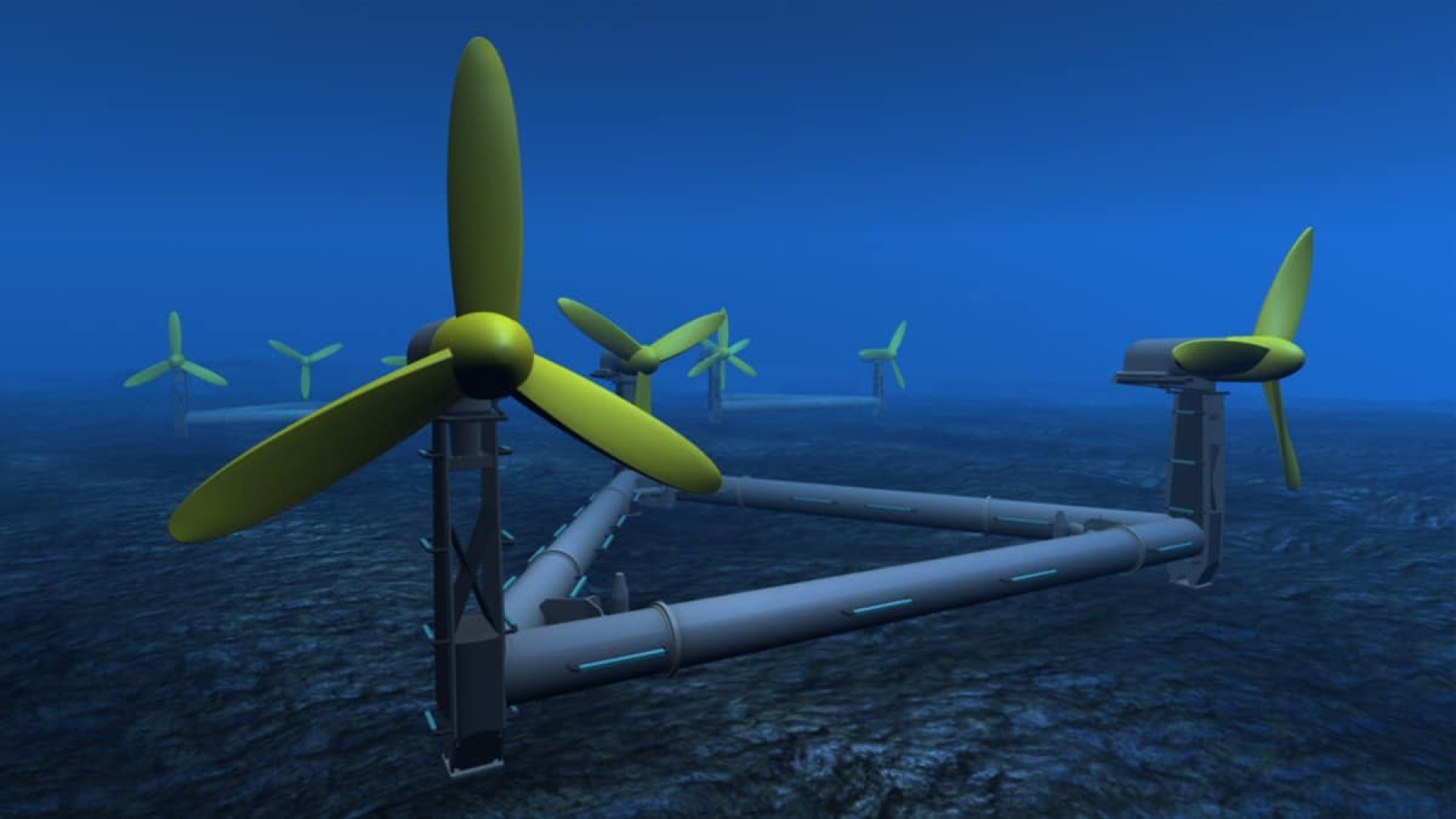The growing relevance of renewable energy sources in the current energy landscape reflects a clear push for energy savings and reducing the environmental impact that would be associated with conventional energy sources based on the combustion of fossil fuels. This strategic change responds to the urgent need to tackle pollution caused by traditional methods of obtaining electricity ocean energy.
This innovative project already supplies energy to an entire island
In this context, there is a significant expansion of sustainable and sustainable alternatives that are being developed as essential pillars to achieve a cleaner energy future. These alternatives cover a wide range of renewable sources, such as solar energy, wind energy, hydropower, geothermal energy and even the use of wave energy.
With more than 70% of our planet’s surface covered by oceans, there is a fascinating opportunity to do just that expand renewable energy sources and seek new alternatives that are effective and viable in the ocean. This will allow us to explore innovative alternatives that complement solar and offshore wind energy generation.


An excellent option: marine turbines and power plants are positioned as important instruments capable of converting the constant movement of waves and ocean currents into a valuable source of electricity. They take advantage of the kinetic energy generated by waves and currents and convert it directly into energy.
This creation will completely change the use of renewable energy: it promises beneficial results
Well, now a new, highly effective creation is already said to be used to supply energy to an entire French island. This is the revolutionary D10 turbine, developed by the French company Sabella, which marks a milestone in can generate up to half of the energy needs on an island with more than a thousand inhabitants.
Since 2005, the company mentioned above, Sabella, has been developing technologies aimed at renewable use, especially to take advantage of the tidal energy from the ocean, which is generated thanks to the gravity of the moon and the sun, allowing the most benefit from all the alternatives that nature offers.
In a first phase of development, the D10 turbine immersed its propellers in April 2022 in the waters of the Atlantic Ocean between the Molène archipelago and the island of Ouessant, west of French Brittany. During a test week, the company announced Sabella Since the turbine reached an important milestone by breaking the production record, the same figures led to the implementation of this method.
During this period The turbine contributed up to 50% of the city’s electrical mix, which has approximately 1,000 inhabitants, with an excellent daily average of 25%. The production record achieved during that week highlights the reliability and consistency of this ocean energy technology, consolidating it as a promising option for clean energy production in marine environments.
What is the difference between this new method and traditional ocean energy turbines?
Apparently we are dealing with a simpler machinery than before, because they are a more fundamental concept. “It is based on principles of technological simplicity and rusticity, to give it greater reliability and less maintenance requirements,” they report on the website of the company in question.
The main difference is that most turbines intended to generate ocean energy are visible on the sea surface; some can disrupt the navigation of various fleets, both recreational and professional. In addition, this new invention has significantly less exposure to hydrodynamic loads associated with waves in shallow areas.

